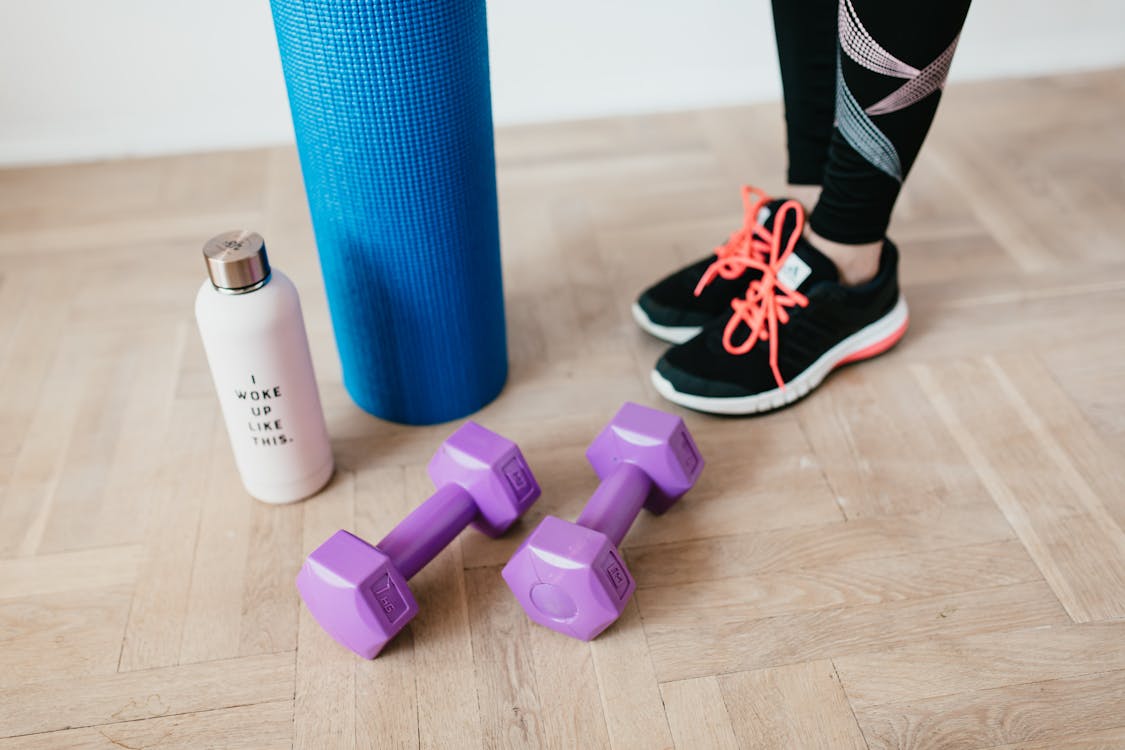
For decades, the concept of "no pain, no gain" echoed throughout gyms and storage locker rooms. The emphasis was everything about pressing harder, raising much heavier, and running quicker. However in the last few years, a shift has been silently improving the health and fitness landscape. Recuperation has stepped into the spotlight, not as a second thought, however as a crucial part of performance and overall health. This isn't practically sleeping extra or taking a time off. Healing has advanced right into a structured, science-backed technique that is being embraced by elite athletes, weekend break warriors, and daily fitness fanatics alike.
What's changed is our understanding of just how the body reacts to tension. Workout, after all, is a regulated form of stress and anxiety. It challenges muscular tissues, joints, and cardiovascular systems. Without adequate healing, however, the body doesn't have the possibility to rebuild and reinforce. Instead of adapting, it breaks down. That's where the idea of "remainder as the new workout" obtains momentum. Healing isn't idleness. It's technique.
The Science of Getting Stronger While Doing Less
There's a remarkable fact that typically goes overlooked in training circles. Many gains in stamina, rate, and endurance happen not during the workout itself, however while after. When we rest, we repair. Muscle mass reconstruct more powerful fibers. The nerves rectifies. Hormonal balances are restored. This is when the magic occurs. Yet, a lot of people ignore this essential window, leaping from one exercise to the following without offering their body time to fully benefit from the work they've already done.
Today, even more people are understanding that missing remainder is in fact missing outcomes. Overtraining can cause tiredness, irritation, and even injury. By weaving structured recovery right into a training routine, the threat of exhaustion is minimized, and the path to long-term progress comes to be much more clear.
Active Recovery: Movement With Purpose
Rest does not always mean doing nothing. Actually, active recovery has actually become one of one of the most preferred methods to accelerate recovery and minimize soreness. Tasks such as light walking, yoga exercise, or mobility-focused workouts help boost blood flow, reduce swelling, and keep the body limber without including strain. These low-intensity sessions aid bridge the gap between tough training days, providing both mind and muscular tissues a possibility to recharge.
In professional settings, approaches like chiropractic trigger point injections are being utilized to handle tight muscle mass groups and release built-up tension. These treatments target specific locations where stress and anxiety accumulates, helping the body feature extra easily while likewise improving circulation and range of activity. This strategy mixes the very best of modern scientific research and activity therapy, and it's helping redefine just how we watch "rest" in a physical fitness routine.
Technology's Role in Recovery Innovation
As recovery gains prestige, so as well has the technology sustaining it. Wearable gadgets currently keep an eye on heart rate irregularity, sleep patterns, and stress and anxiety feedbacks to give insight into just how well somebody is recovering. Yet beyond the gizmos and data, there are additionally developments in therapeutic interventions that concentrate particularly on recovery and remediation.
One such approach is medical laser treatment, which makes use of concentrated light power to boost tissue repair work, decrease inflammation, and accelerate the healing process. This strategy has actually been made use of in both sporting activities medication and chronic pain monitoring, using a non-invasive method to support the body's natural recuperation systems. Its performance has actually made it a useful tool for those who intend to preserve peak performance while reducing downtime.
Shifting the Mindset: Rest Without Guilt
For some, particularly those deeply deep-rooted in hustle culture, reducing can feel counterproductive. Yet reframing rest as an active part of progression alters the entire viewpoint. you can look here The mental advantages of rest are equally as considerable as the physical ones. Healing days help manage mood, boost focus, and lower the mental exhaustion that can derail lasting goals.
When individuals begin to watch rest as deliberate rather than passive, they start to experience a brand-new level of power and inspiration. It's no longer concerning "earning" day of rest via punishment, however about integrating them right into the rhythm of training as a kind of self-worth. This shift can be one of one of the most empowering changes a person makes in their health and wellness trip.
Recovery Isn't Just for Athletes Anymore
The principles of healing aren't booked for high-performing athletes or those recuperating from injury. They're equally as crucial for white-collar worker with pain in the back, parents juggling everyday obligations, or any person navigating physical or emotional tension. The increase of recuperation has actually equalized the discussion around remainder, transforming it into something that every person can gain from-- no matter age, fitness degree, or way of living.
Provider customized to alternative wellness, such as sports orthopedic and spine support, are aiding more individuals avoid injury and take care of chronic problems through a recovery-focused lens. Whether it's dealing with joint disorder, attending to spinal positioning, or sustaining tissue repair service, the integration of healing right into healthcare is producing an extra proactive design of treatment that encourages prevention over response.
Embracing the New Era of Fitness
As we continue to recognize the body's response to anxiety and activity, it becomes clear that doing more isn't always the response. Occasionally, the smartest thing you can do is listen, decrease, and allow your body catch up. Recuperation is no more a side note. It's the core strategy that's elevating health and wellness results and redefining what it suggests to be solid.
If you've been pressing continuous, possibly it's time to reassess your rhythm. The future of fitness isn't just about how difficult you train-- it's about how well you recover. Follow the blog for even more understandings on wellness, health, and the advancing globe of efficiency scientific research. There's more to explore, and your body will thanks for it.
 Patrick Renna Then & Now!
Patrick Renna Then & Now! Matilda Ledger Then & Now!
Matilda Ledger Then & Now! Batista Then & Now!
Batista Then & Now! Justine Bateman Then & Now!
Justine Bateman Then & Now! Nadia Bjorlin Then & Now!
Nadia Bjorlin Then & Now!